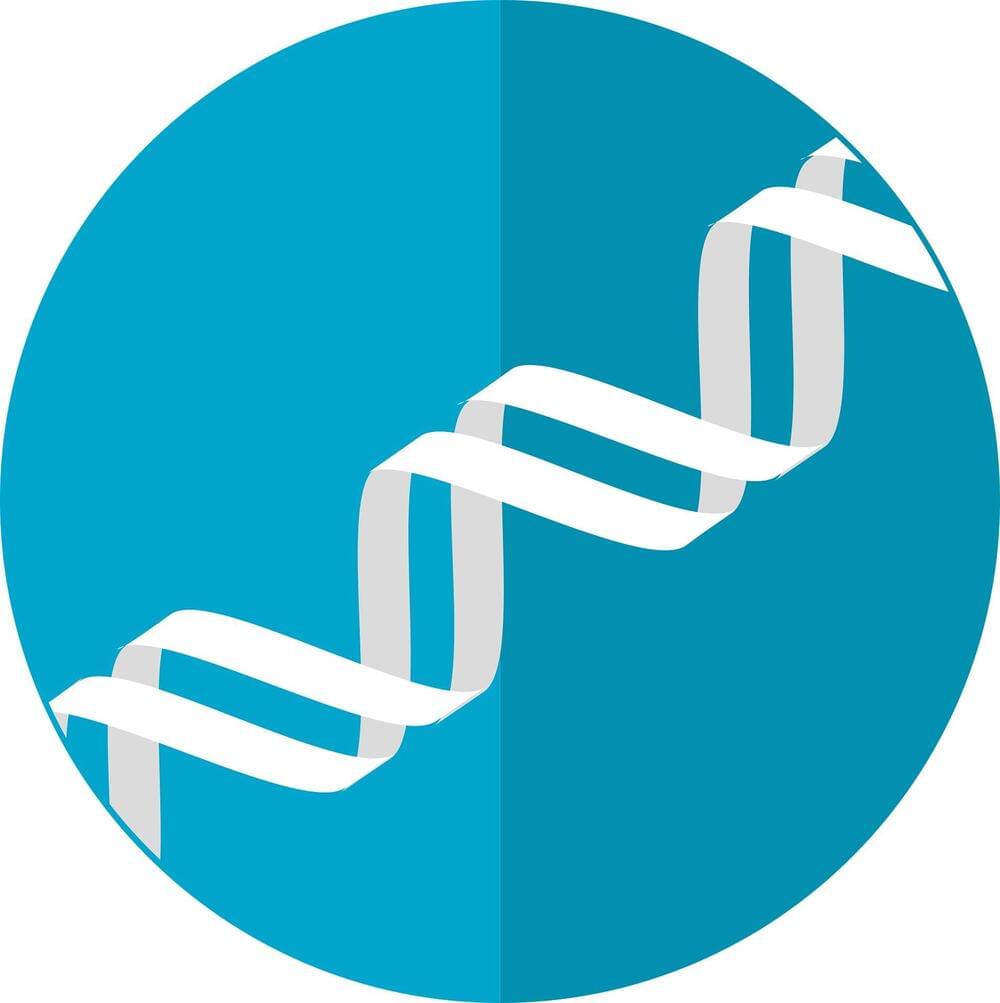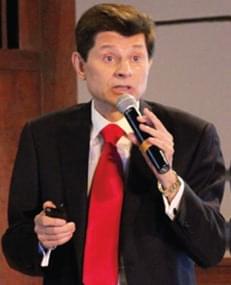The microrobot moves around using little hairs inspired by those on baby starfish.
Get the latest international news and world events from around the world.


Researchers develop program to read any genome sequence and decipher its genetic code
Yekaterina “Kate” Shulgina was a first year student in the Graduate School of Arts and Sciences, looking for a short computational biology project so she could check the requirement off her program in systems biology. She wondered how genetic code, once thought to be universal, could evolve and change.
That was 2016 and today Shulgina has come out the other end of that short-term project with a way to decipher this genetic mystery. She describes it in a new paper in the journal eLife with Harvard biologist Sean Eddy.
The report details a new computer program that can read the genome sequence of any organism and then determine its genetic code. The program, called Codetta, has the potential to help scientists expand their understanding of how the genetic code evolves and correctly interpret the genetic code of newly sequenced organisms.

Tech inventors from around the world compete in Qatar
Inventors from more than 40 countries are in Qatar for the week-long Challenge and Innovation Forum on technology.
Super computers, cloud technology and robots are among the innovations on display.
Al Jazeera’s Victoria Gatenby reports from Doha.
- Follow us on Twitter: https://twitter.com/AJEnglish/
- Find us on Facebook: https://www.facebook.com/aljazeera/
- Check our website: https://www.aljazeera.com/
#Qatar

Rolls-Royce secures £450m for mini nuclear reactors venture
Rolls-Royce will move ahead with a multibillion pound plan to roll out a new breed of mini nuclear reactors after securing more than £450m from the government and investors.
The engineering firm will set up a venture focused on developing small modular nuclear reactors, or SMRs, in partnership with investors BNF Resources and the US generator Exelon Generation with a joint investment of £195m to fund the plans over the next three years.



Gwynne Shotwell: Meet the Woman Behind SpaceX
GGwynne Shotwell: Meet the Woman Behind SpaceX: There’s a proverb that says behind every great man is a great woman. That is certainly true of SpaceX. Elon Musk may be the most recognizable face of his aerospace company. But his right-hand woman is Gwynne Shotwell.
Shotwell is the President and Chief Operating Officer of SpaceX. She manages the day-to-day operations and the growth of the firm. In other words – she’s in charge of selling rockets and dealing with Elon Musk.
Unlike a lot of other SpaceX employees who grew up fascinated by rockets, she wasn’t. When she was five and her neurosurgeon father gathered the family around a TV to watch the Apollo 11 moon landing, she found it boring.